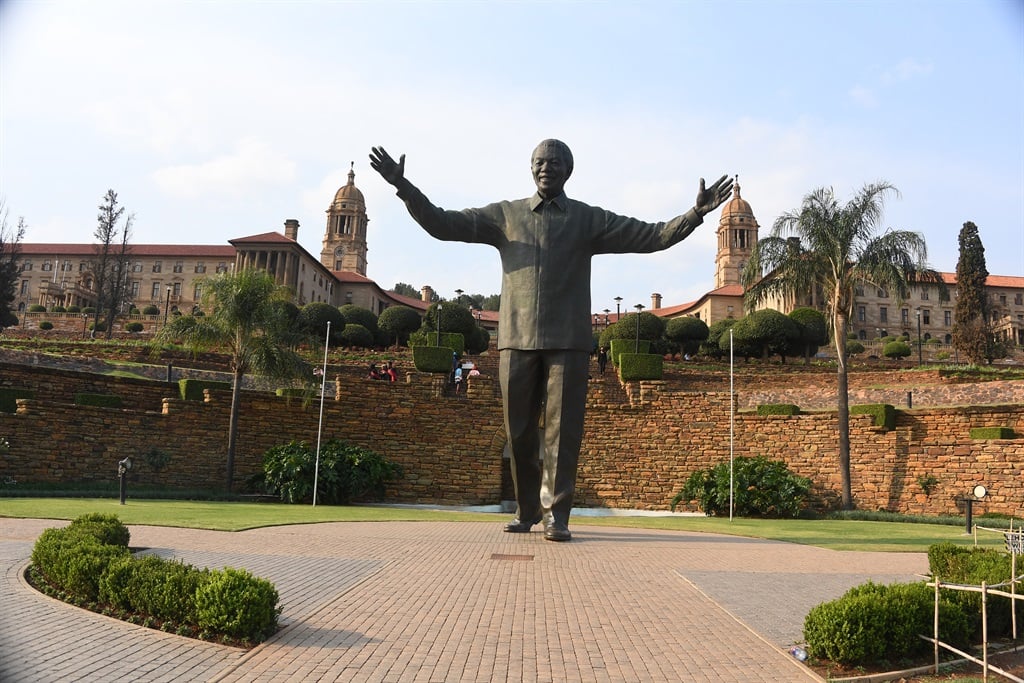South Africa’s Historic Anti-Apartheid Sites Added to UNESCO World Heritage List
South Africa’s long and tumultuous journey to freedom has been globally recognized with the addition of several key anti-apartheid sites to the United Nations Educational, Scientific and Cultural Organization’s (UNESCO) World Heritage List.
Named “Human Rights, Liberation Struggle and Reconciliation: Nelson Mandela Legacy Sites,” this serial property encompasses fourteen locations across the country, all integral to South Africa’s political history in the 20th century.
The system of institutionalized racial segregation, known as apartheid, emerged in South Africa after the Second World War and persisted until the early 1990s. The eradication of apartheid was largely due to the sacrifices of activists like Nelson Mandela, who later became South Africa’s first post-apartheid president.
Among the newly recognized sites are the Union Buildings, the official seat of the South African government and the President’s offices. The Union Buildings have hosted numerous significant events, including the inauguration of South Africa’s first democratically elected president in 1994. A nine-meter-high bronze statue of Nelson Mandela has stood at the foot of the buildings since it was unveiled a day after his funeral in Qunu in late 2013.
Another prominent site is Liliesleaf Farm in Johannesburg, a clandestine meeting place for political activists and a symbol of the anti-apartheid struggle. In 1963, a police raid at Liliesleaf resulted in the capture of ten leaders, including a young Mandela.
The leaders were subsequently sentenced to life imprisonment at the infamous Rivonia Trial. Today, Liliesleaf hosts exhibitions that narrate South Africa’s journey to democracy.
Tokyo Sexwale, an anti-apartheid activist and current board member of Liliesleaf, views the UNESCO recognition as a testament to South Africa’s long fight for freedom.
“It’s a top recognition for UNESCO to do that, but for us, it’s for South Africa… It is for human rights, it is for social justice, it is for recognition of what democracy stood up for. It was for our own national self-determination,” Sexwale remarked.
Liliesleaf remains a popular destination for tourists seeking to learn about apartheid and the struggle against it. “This tells the story of the resistance movement, which was the most important part, which led to the freedom of this country,” said Merle Jacobs, a tour guide.
“Most people who come here want to find out where Nelson Mandela was in hiding, where did they have all those secret meetings, what kind of life was he living while he was here,” added another guide, Tracey Rapelego.
Anita Lichtenberg, an American tourist, expressed her interest in the global civil rights movement, stating, “It’s been very interesting to hear the differences of the experience here and the experience of the United States. It’s eye-opening. It’s been terrific.”
Other South African sites now recognized as UNESCO World Heritage sites include Constitutional Hill, Sharpeville Heritage Precinct, and Walter Sisulu Square. South African President Cyril Ramaphosa welcomed the UNESCO inscription and urged the public to help safeguard these important historical sites.
Source: Africanews



